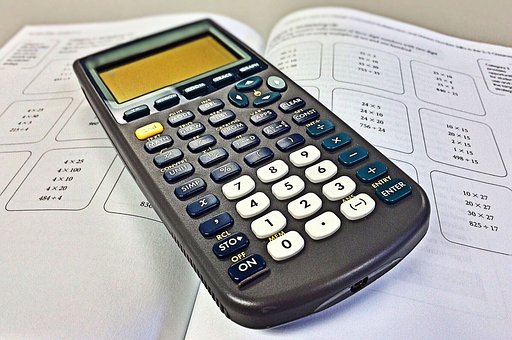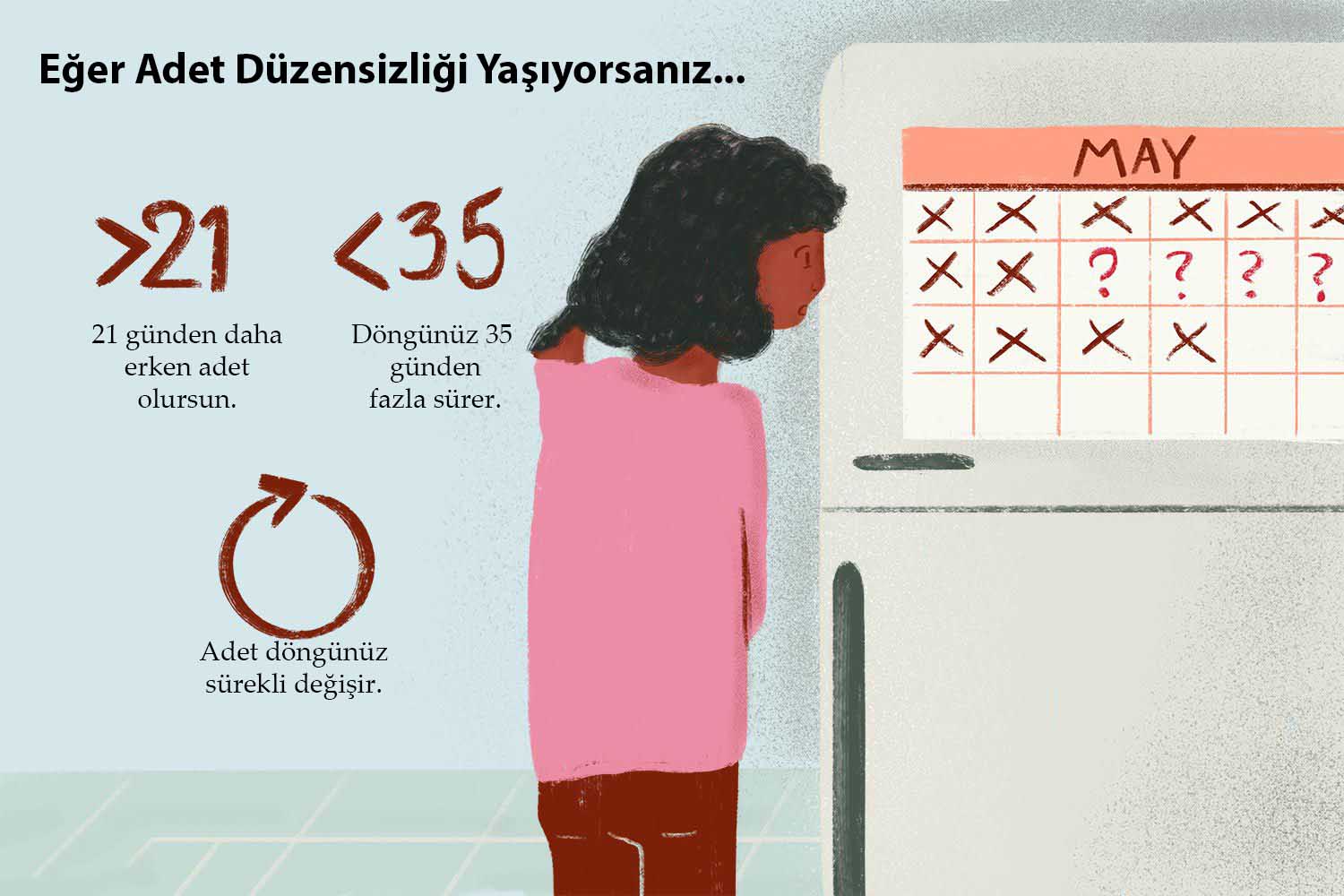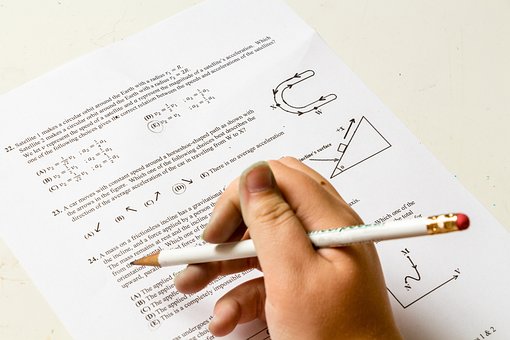125 Over 1000 Simplified: What You Need to Know About Fractions

Fractions are one of the most fundamental concepts in mathematics, and they are used in everyday life, from cooking and baking to building and construction. Yet, many people struggle with fractions, and one of the most common questions is how to simplify them. In this article, we will discuss one specific fraction, 125 over 1000 simplified, and explore the steps to simplify it. We will also provide some real-world examples to help you understand how to use fractions in your daily life.
1. What is a Fraction?
A fraction is a way of representing a part of a whole or a group. It consists of two numbers, the numerator and the denominator, separated by a line. The numerator represents the number of parts we are interested in, and the denominator represents the total number of parts in the whole or group. For example, if we have a pizza with eight slices, and we eat three slices, the fraction that represents the part we ate is 3/8.
2. How to Simplify Fractions
Simplifying a fraction means finding an equivalent fraction with smaller numbers. This can be useful for several reasons, such as making it easier to add, subtract, multiply or divide fractions. To simplify a fraction, we need to divide both the numerator and the denominator by their greatest common factor (GCF). The GCF is the largest number that divides both the numerator and denominator without leaving a remainder.
For example, to simplify the fraction 24/36, we need to find the GCF of 24 and 36, which is 12. Then, we divide both the numerator and denominator by 12, and we get the simplified fraction 2/3.
3. Simplifying 125 over 1000
To simplify 125 over 1000, we need to find the GCF of 125 and 1000. One way to do this is to list the factors of each number and find the largest one they have in common. However, this can be time-consuming for large numbers, so we can use a shortcut by dividing both the numerator and denominator by the same number until they cannot be divided further.
In this case, we can divide both 125 and 1000 by 125, which gives us the simplified fraction 1/8. We can check that this is correct by multiplying 1/8 by 125/125, which gives us the original fraction of 125/1000.
4. Real-World Examples of Fractions
Fractions are used in many everyday situations, and understanding them can be helpful in various ways. For example, in cooking and baking, we often use fractions to measure ingredients, such as cups, tablespoons, and teaspoons. Recipes may call for fractions like 1/4, 1/3, 1/2, or 3/4 of a cup, and we need to be able to measure them accurately.
In construction, fractions are used to measure lengths and distances, such as inches, feet, and yards. For instance, a piece of wood that is 6 feet and 4 inches long can be written as 6 4/12 feet or 6 1/3 feet.
In finance, fractions are used to represent percentages, such as interest rates, taxes, and discounts. For example,






